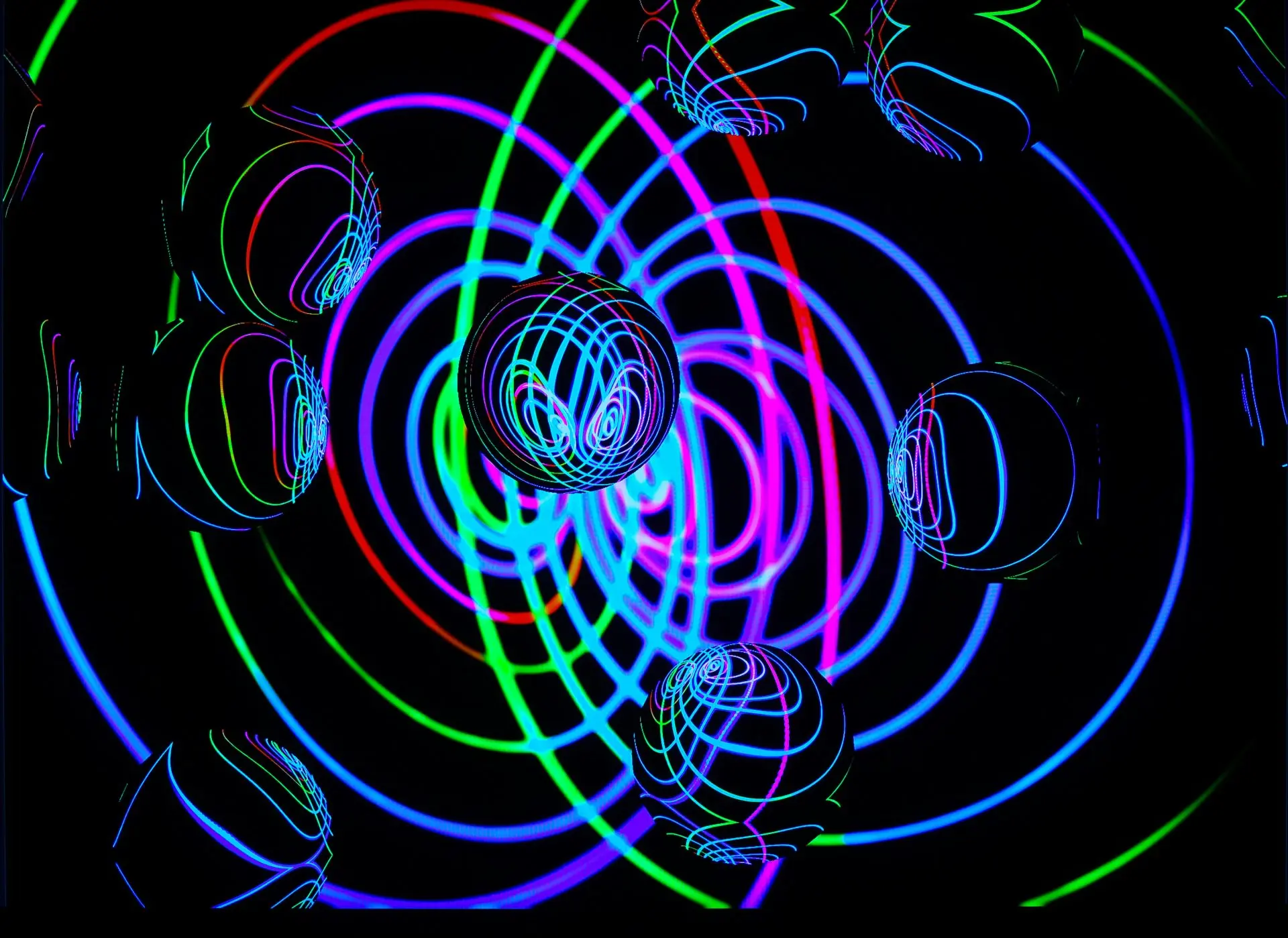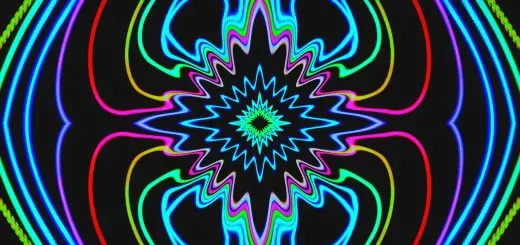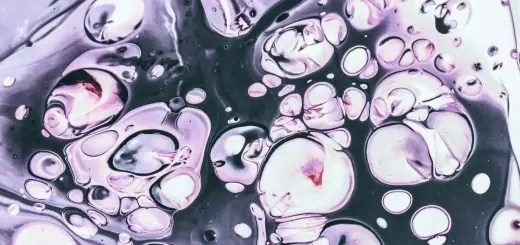Water Conservation Tech: Saving the Planet in 2025

Looking for more amazing products? Check out our online store and explore our collection here! Happy shopping!
Before diving in, please note: This post is for informational purposes only. If you’d like to know more about how we approach topics, feel free to check out our friendly Disclaimer Page.
Hey there, amazing readers! 
We’re committed to delivering quality posts, and your support (even just sticking around despite the ads) means everything to us. So, bear with us, and thanks for helping us keep the good vibes rolling. Now, on to the fun stuff!
TRANSLATE BUTTON AT THE END OF THE ARTICLE
A Quick Overview
Water.
It’s not just a basic necessity; it’s the essence of life.
Yet, by 2025, millions of people are still facing the harsh reality of water scarcity.
The United Nations has warned us of this looming crisis, and it’s a wake-up call for all of us.
Fortunately, technology is stepping in to save the day—or at least help stave off disaster.
From smart irrigation systems to innovative rainwater harvesting techniques, the advancements being made in water conservation technology are not just impressive; they are vital.
Let’s explore how these cutting-edge solutions are making a difference in our lives and for our planet.
Understanding Water Scarcity: A Global Challenge in 2025
Water scarcity is a pressing issue that affects every corner of the globe.
According to the United Nations, by 2025, an estimated 1.8 billion people will be living in regions with absolute water scarcity.
It’s a startling figure that highlights the need for immediate action.
In areas such as Africa, the Middle East, and parts of Asia, the struggle for clean water is a daily reality.
But why is this happening?
A combination of factors, including climate change, population growth, and inefficient water usage, contributes to this crisis.
As temperatures rise and droughts become more frequent, regions that once boasted abundant water supplies are now in peril.
Urbanization compounds the issue, with cities booming and water sources dwindling.
The consequences extend beyond just hydration.
Agriculture, which consumes about 70% of the world’s freshwater, faces severe challenges.
Crops fail, which threatens food security and livelihoods.
Reduced access to clean water leads to health issues and increases waterborne diseases.
We can’t afford to ignore this crisis anymore, which is why water conservation technologies are stepping up in 2025.
The Rise of Water Conservation Technology in 2025
Water conservation technology has come a long way.
We’re no longer just talking about basic measures like turning off the faucet while brushing our teeth.
Today’s tech-savvy solutions are revolutionizing how we use and conserve water.
By 2025, innovations in this sector are not just anticipated; they are already changing the landscape of water management.
Take smart water meters, for instance.
They provide real-time data on water usage, allowing households and businesses to track their consumption more effectively.
This isn’t just about saving water; it’s about saving money too.
Early detection of leaks means fewer costly surprises down the line.
In agriculture, precision farming is making waves.
Farmers can now utilize drones and sensors to monitor soil moisture levels.
This technology allows for targeted watering, reducing waste significantly.
Additionally, water recycling technologies are on the rise.
These systems treat and reuse wastewater for irrigation and industrial processes.
With such advancements, 2025 is set to be a pivotal year in our fight against water scarcity.
Smart Irrigation Systems: Efficient Water Use for Farms
Smart irrigation systems are like the superheroes of water conservation.
These systems utilize advanced technology to ensure every drop counts.
Imagine a system that knows exactly when your plants need watering and delivers the right amount at the right time.
Sounds like magic, doesn’t it?
But it’s real, and it’s here.
These systems use sensors to measure soil moisture, weather forecasts, and plant needs.
For example, if rain is on the way, the system won’t waste water by irrigating beforehand.
This kind of efficiency can reduce water usage by up to 50%.
Plus, crops tend to thrive better with such tailored watering schedules.
It’s a win-win!
Farmers are jumping on board.
By 2025, many will have adopted smart irrigation techniques, which will help alleviate some of the burdens caused by droughts.
It’s worth mentioning that the technology is becoming more affordable, making it accessible for small farmers as well.
But let’s not overlook the fun part—drones!
They can survey fields quickly and efficiently, identifying areas that need attention.
Innovative Rainwater Harvesting: Collecting Nature’s Gift
Have you ever thought about how much water just falls from the sky?
Rainwater harvesting is one of those age-old practices that is getting a modern twist in 2025.
By capturing and storing rainwater, we can reduce our dependence on traditional water sources.
This technology is as simple as it gets.
A rainwater harvesting system typically consists of a collection surface (like a roof), a storage tank, and a filtration system.
When it rains, the water is directed into the tank for later use.
It’s like having your personal reservoir, right in your backyard!
In urban areas, rainwater harvesting can significantly reduce runoff and lessen the burden on stormwater systems.
Communities are adopting these systems en masse, and some even have incentives for homeowners to install them.
The potential for saving water is tremendous.
Some estimates suggest that a household can collect thousands of gallons of rainwater each year.
That’s a lot of free, sustainable water!
The Role of IoT in Monitoring Water Usage Effectively
The Internet of Things (IoT) is transforming how we interact with our environment, and water conservation is no exception.
IoT devices can track water consumption at an astonishing level of detail.
Imagine receiving alerts on your smartphone when your water usage peaks unexpectedly.
Smart home systems can control water flow based on usage patterns, weather forecasts, and even occupancy levels.
This level of automation is revolutionary.
It’s like having a personal water steward!
In agriculture, IoT sensors provide real-time data on soil conditions and crop health.
Farmers can make informed decisions about irrigation, reducing water waste while optimizing crop yields.
Moreover, governments and organizations can use IoT data for broader water management strategies.
This technology brings transparency and accountability to water usage, which is crucial in our quest for sustainability.
Smart Home Devices: Making Water Conservation Easy
The smart home revolution isn’t just about light bulbs and music systems.
Water conservation is stepping into the limelight as well.
Smart devices are making it easier than ever to save water at home without sacrificing comfort.
Take smart showerheads, for instance.
These devices can monitor water flow and temperature, ensuring you get the most efficient shower possible.
Some even come with timers to help you keep your bathing habits in check.
Who knew saving water could feel so luxurious?
Toilets have also gotten a tech upgrade.
Dual-flush systems allow users to choose between a full or partial flush, significantly reducing water waste.
And let’s not forget about smart faucets!
They can automatically shut off after a certain period or adjust the flow based on your needs.
This is especially handy in kitchens and bathrooms where water can easily be wasted.
It’s clear that these smart home devices are not just for tech enthusiasts.
They’re practical and beneficial for anyone looking to reduce their water footprint.
Eco-Friendly Plumbing: Tools to Reduce Water Waste
When it comes to water conservation, plumbing plays a critical role.
Old and inefficient plumbing can be a big contributor to water waste.
Thankfully, eco-friendly plumbing solutions are becoming more popular in 2025.
Low-flow fixtures are now commonplace.
These faucets, showerheads, and toilets are designed to use significantly less water without compromising performance.
In fact, many people wouldn’t even notice the difference!
Moreover, leak detection systems can save homeowners from costly repairs.
These systems alert you to leaks before they spiral into major problems.
Another innovative approach involves gray water systems, which recycle water from sinks, showers, and washing machines for irrigation and toilet flushing.
This not only conserves water but also reduces the strain on municipal systems.
Overall, eco-friendly plumbing is a game changer.
Making the switch not only benefits our planet but also saves money in the long run.
Water Purification Tech: Clean Water for All, Sustainably
In many parts of the world, access to clean drinking water is a luxury.
Fortunately, advancements in water purification technology are paving the way for a more sustainable future.
Innovative filtration systems are now capable of removing contaminants from even the dirtiest water.
Technologies like reverse osmosis and UV purification are becoming more affordable and accessible.
Portable water purifiers are also gaining ground, allowing individuals in remote areas to access clean, safe drinking water.
This technology can be a lifesaver in disaster-stricken areas.
In 2025, the goal is not just to purify water but also to do so sustainably.
Solar-powered purification systems are making waves, reducing reliance on fossil fuels.
As these technologies spread, we can dream of a world where clean drinking water is a right, not a privilege.
Community Initiatives: Empowering Local Water Solutions
Sometimes the best solutions come from the ground up.
Community initiatives are playing a vital role in water conservation efforts.
Local projects can address specific needs and challenges in unique ways.
For example, community gardens often implement rainwater harvesting and smart irrigation systems.
This not only conserves water but also fosters a sense of community among participants.
Education plays a crucial role in these initiatives.
Workshops on water conservation teach residents how to implement water-saving practices at home.
Knowledge is power, after all!
Collaborative efforts can also lead to lobbying for better water management policies.
When local voices come together, they can create significant changes in how water resources are utilized.
By 2025, we’ll likely see more communities taking charge of their water resources.
It’s an empowering movement that can lead to sustainable solutions tailored to local needs.
The Future of Desalination: Turning Salty to Fresh Water
Desalination is often seen as a last resort, but its importance is growing as water scarcity becomes more severe.
This technology turns salty ocean water into fresh water, and innovations are making it more efficient and environmentally friendly.
Traditional desalination processes have been energy-intensive and costly.
However, advancements in membrane technology and energy recovery systems are changing the game.
In 2025, some facilities are expected to operate on renewable energy sources, further reducing their carbon footprint.
Imagine a world where coastal cities, once struggling for fresh water, can tap into the vast oceans surrounding them!
Desalination isn’t a silver bullet for water scarcity, but it can significantly supplement local water supplies.
Especially in arid regions, it can provide a steady source of fresh water.
As we move forward, a combination of desalination and other conservation technologies will be vital in our fight against water scarcity.
How Education and Awareness Drive Water Tech Innovations
Education is at the heart of any successful conservation effort.
By raising awareness about water issues, we empower individuals and communities to take action.
Schools are beginning to incorporate water conservation into their curriculums.
Students learn about the importance of water and ways to conserve it from a young age.
This knowledge can shape how future generations view water usage.
Workshops and community programs are also essential.
They offer practical advice on implementing conservation strategies at home.
People love sharing success stories and tips, creating a network of water-saving enthusiasts.
Moreover, the rise of social media has made it easier to spread awareness.
Inspirational stories from around the globe motivate individuals to take action in their own lives.
By 2025, I envision a society where water conservation is a shared value.
Education and awareness will create a culture of responsibility regarding our precious water resources.
Join the Movement: How You Can Contribute Today!
Now that we’ve explored all these incredible technologies and initiatives, you might be wondering, "What can I do?" The truth is, every little action counts.
Start by making small changes at home.
Fix leaks, install low-flow fixtures, and consider a rainwater harvesting system.
Get involved in local community projects.
Whether it’s participating in a community garden or attending educational workshops, every bit helps.
Spread the word!
Share what you learn with friends and family.
The more people who understand the importance of water conservation, the greater impact we can have.
Lastly, support policies and initiatives that promote sustainable water management.
Write to your local representatives and advocate for change.
Let’s come together to save our planet, one drop at a time!
Conclusion
As we look towards 2025, the challenge of water scarcity looms large.
However, the rise of water conservation technology offers hope.
From smart irrigation and rainwater harvesting to innovative treatment solutions, these advancements are paving the way for a sustainable future.
It’s time to recognize the importance of this issue and take action—together.
We can make a difference in our communities, our homes, and ultimately, our planet.
So let’s roll up our sleeves and get to work!
Water is life, and it’s up to us to conserve it.

The Enlightenment Journey is a remarkable collection of writings authored by a distinguished group of experts in the fields of spirituality, new age, and esoteric knowledge.
This anthology features a diverse assembly of well-experienced authors who bring their profound insights and credible perspectives to the forefront.
Each contributor possesses a wealth of knowledge and wisdom, making them authorities in their respective domains.
Together, they offer readers a transformative journey into the realms of spiritual growth, self-discovery, and esoteric enlightenment.
The Enlightenment Journey is a testament to the collective expertise of these luminaries, providing readers with a rich tapestry of ideas and information to illuminate their spiritual path.
Our Diverse Expertise
While our primary focus is on spirituality and esotericism, we are equally passionate about exploring a wide range of other topics and niches 

To ensure we provide the most accurate and valuable insights, we collaborate with trusted experts in their respective domains 
Our blog originally focused on spirituality and metaphysics, but we’ve since expanded to cover a wide range of niches. Don’t worry—we continue to publish a lot of articles on spirituality! Frequently visit our blog to explore our diverse content and stay tuned for more insightful reads.
Hey there, amazing reader! 
Check out our store here and take a peek at some of our featured products below! Thanks for being awesome!











